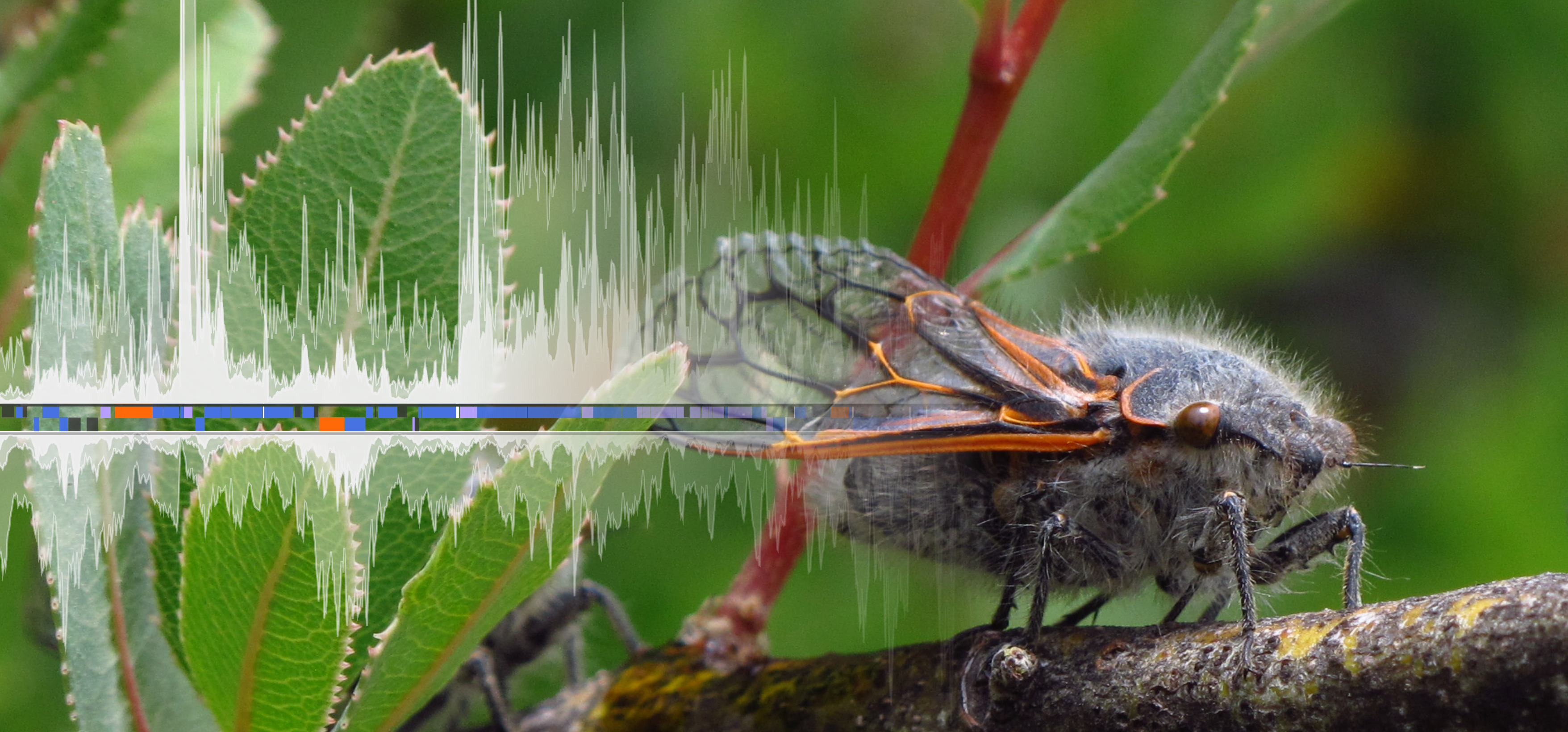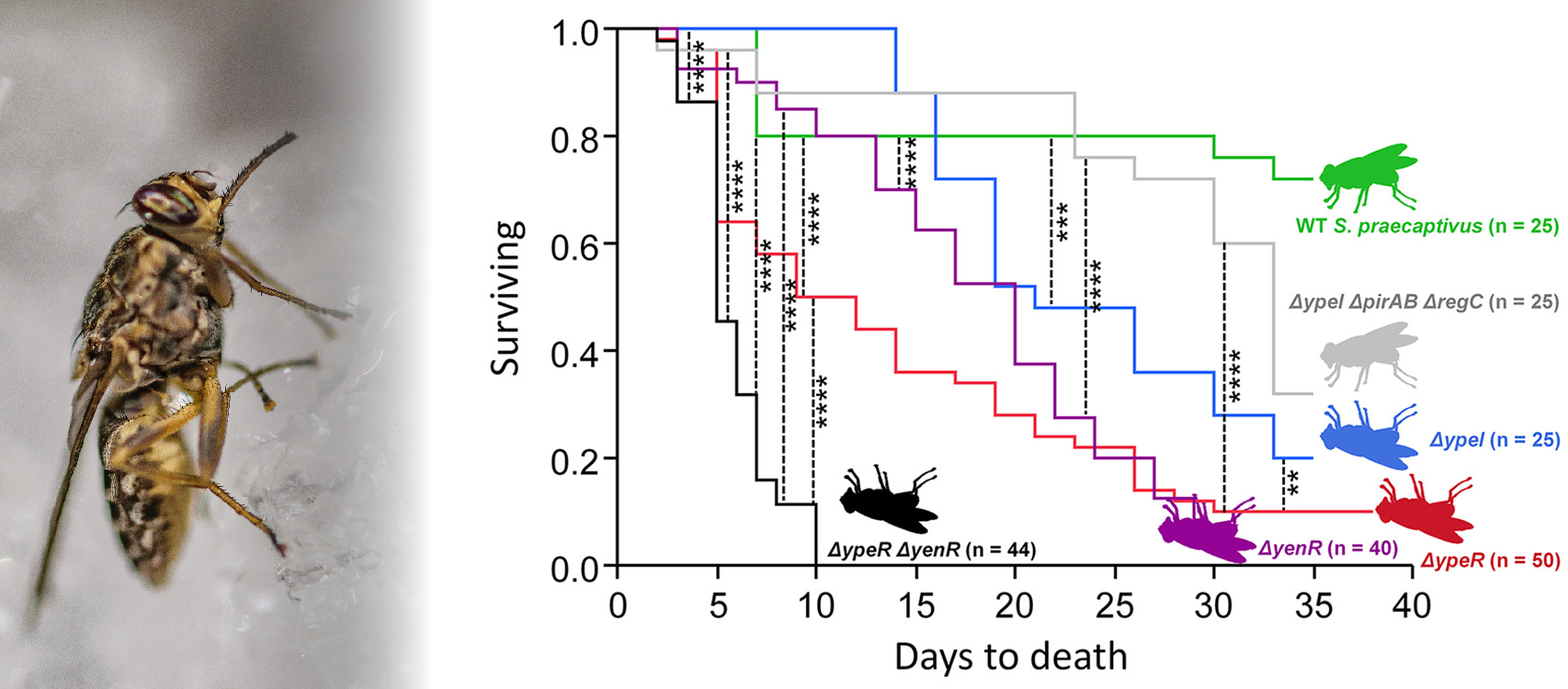Research

Building a Molecular Atlas of Periodical Cicadas' Complex Hodgkinia Endosymbionts
In periodical cicadas, one of the insects' nutritional endosymionts is highly fractured at the cell level: the essential genes in the endosymboint's genome are spread across a complex of distinct, chromosome-like genomic molecules which are, themselves, "trapped" in separate endosymbiont cells and unable to recombine or physically interact. I am currently studying the spatial distributions of those genes' products at the RNA and protein level to understand how these many cells and cell types funciton as one in the face of an unprecedented cell biological challenge.

Transcriptional Consequences of Genome Instability in Hodgkinia
Genome instability and fragmentation in cicadas' Hodgkinia endosymbionts can severely skew the dosage (or relative copy number) the symbiont's genes, with differences ranging between twofold and over one hundred-fold between a given pair of genes. I used genome and transcriptome sequencing data from the endosymbiont-containing organs of six cicada species representing various degrees of Hodgkinia genome instability and found that similar instability was present at the mRNA level with no detectable compensation for the dosage skew. By comparing Hodgkinia transcription to that of its co-symbiont Sulcia, I was also able to show high levels of anti-sense transcription and a decreased capacity for transcription termination in Hodgkinia. All of that work is detailed in this paper!

Molecular Mechanisms of Symbiosis Establishment: Tsetse Flies & Sodalis praecaptivus
My very first project explored how a free-living bacterium, Sodalis praecaptivus, whose close relatives have repeatedly become insect endosymbionts, establishes in tsetse flies (which also host Sodalis-related endosymbionts). Just as in weevils, the way these bacteria establish sustained and relatively benign infections in insect hosts is mediated by quorum sensing, and we also found some evidence that the introduced bacteria could be transmitted vertically to offspring in tsetse (which, notably, give live birth to larvae — one at a time!). You can read about that work here!